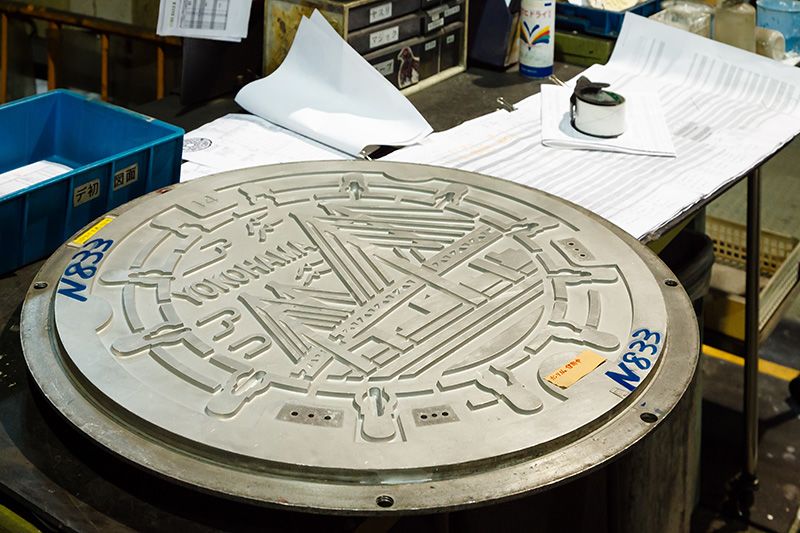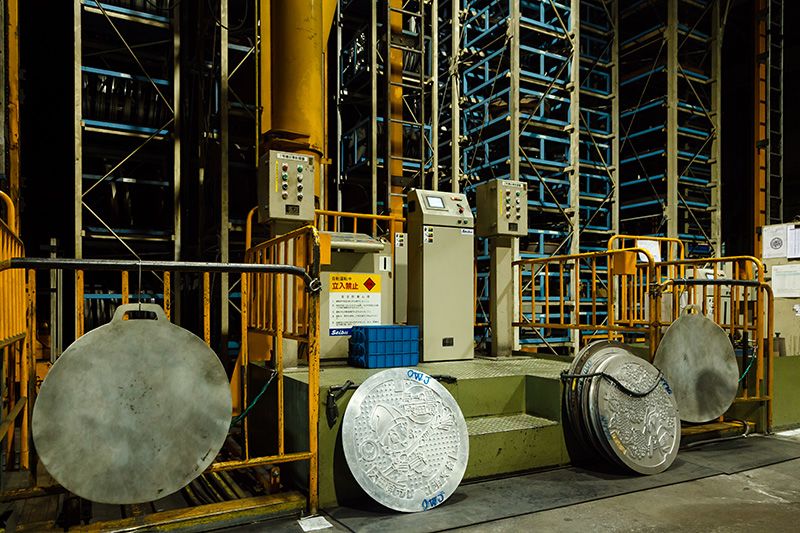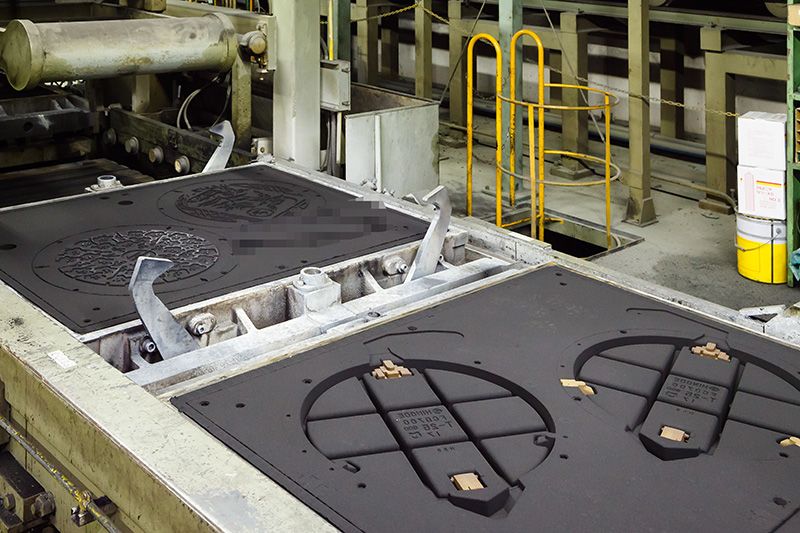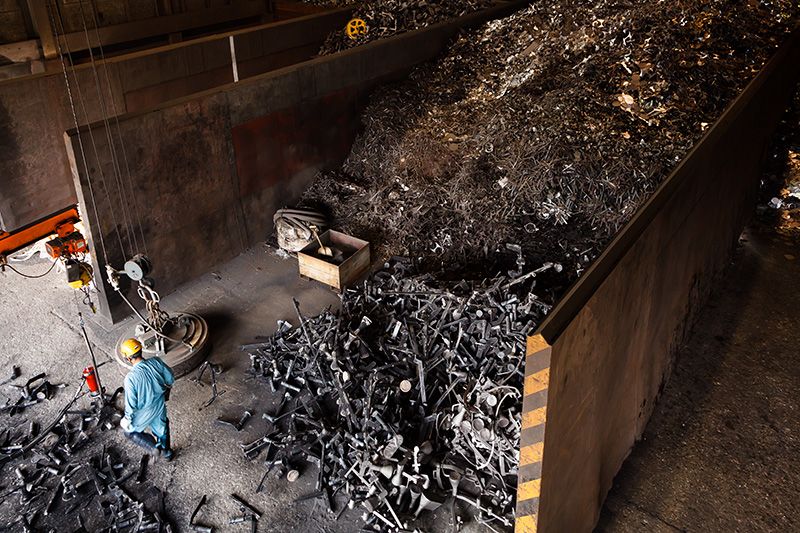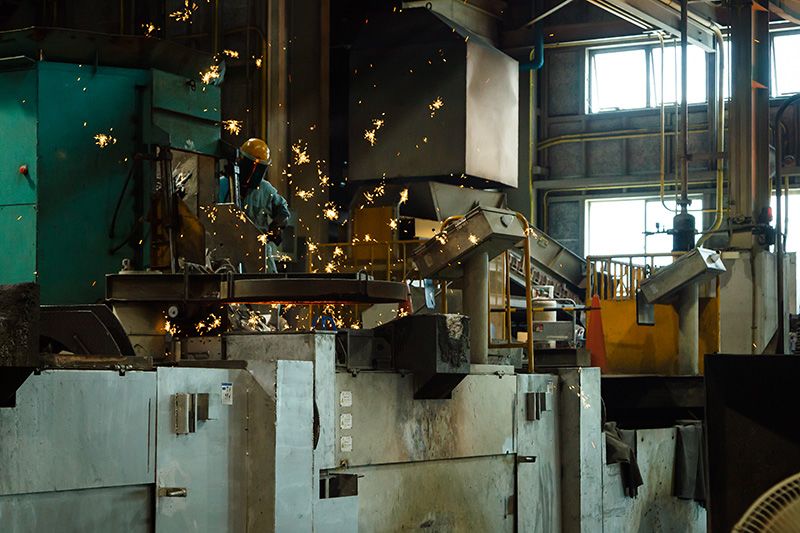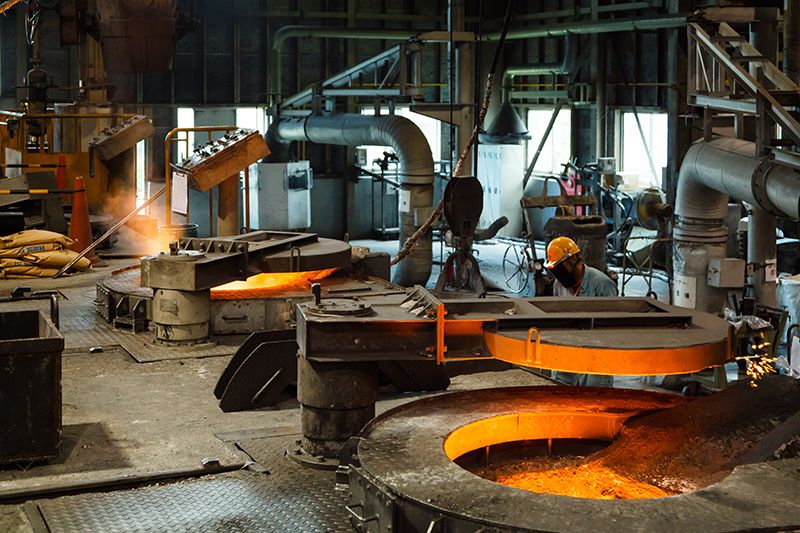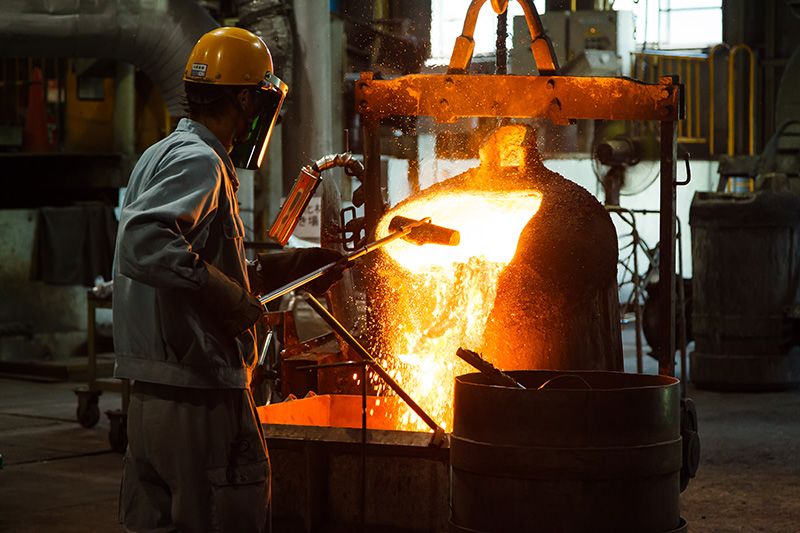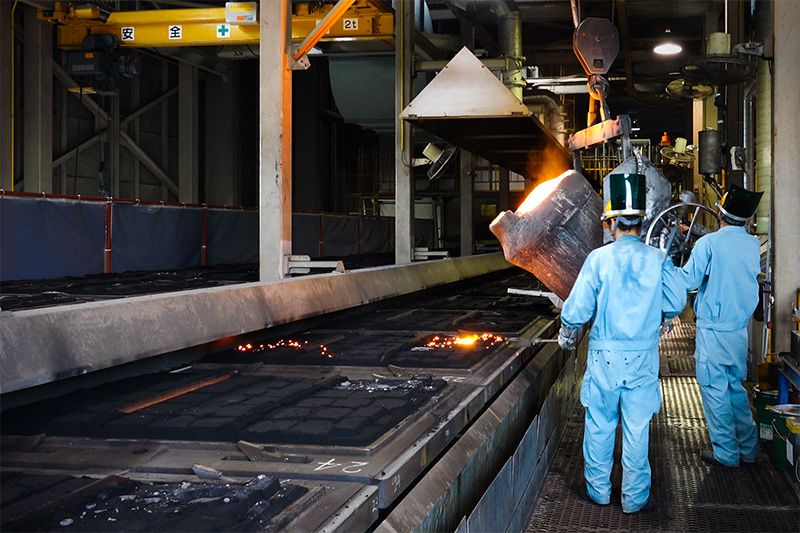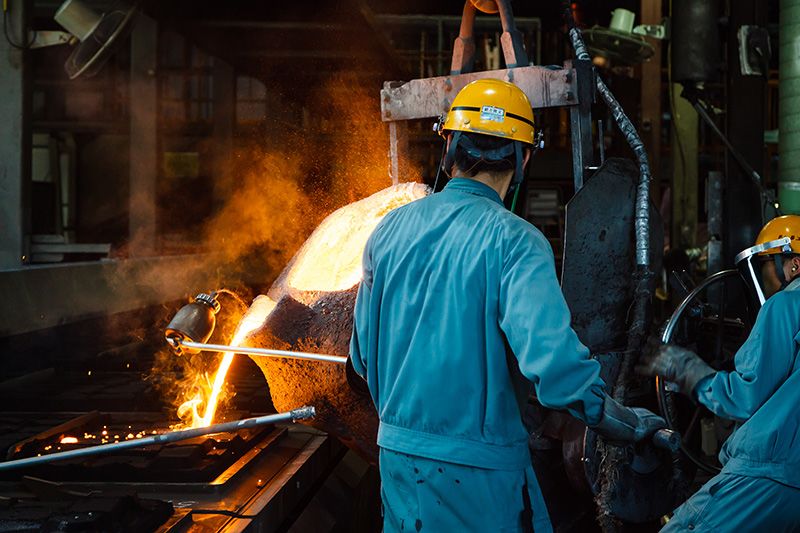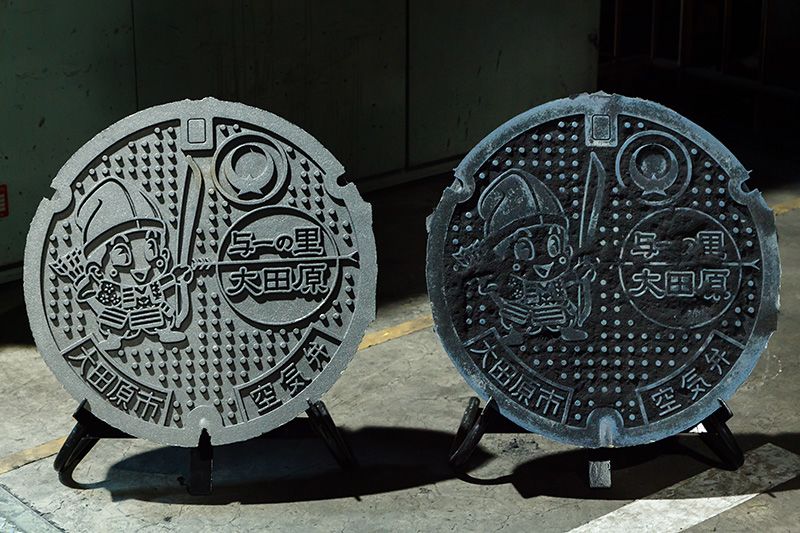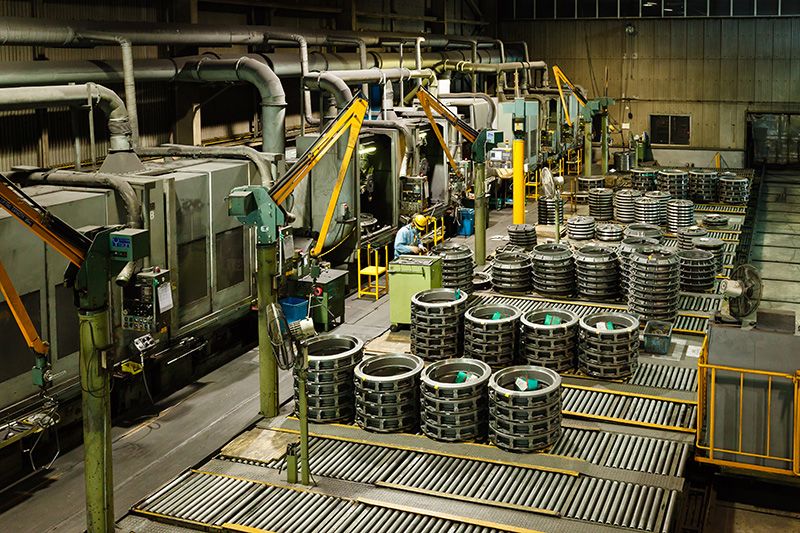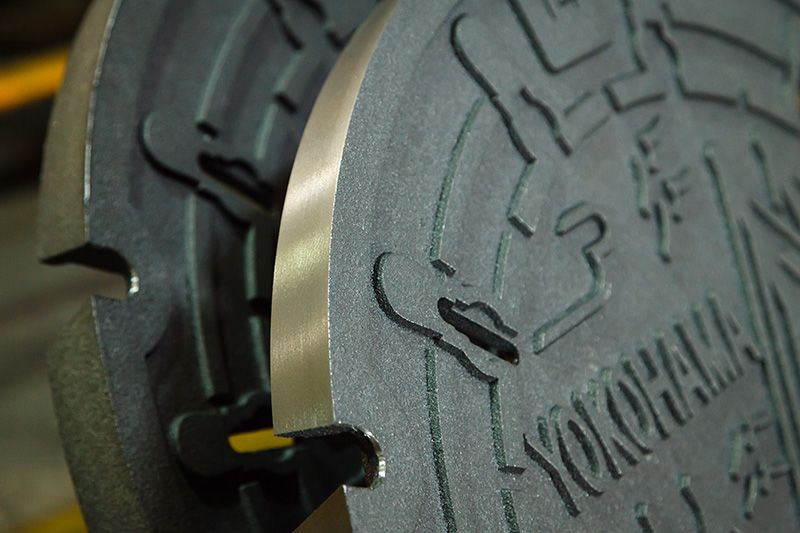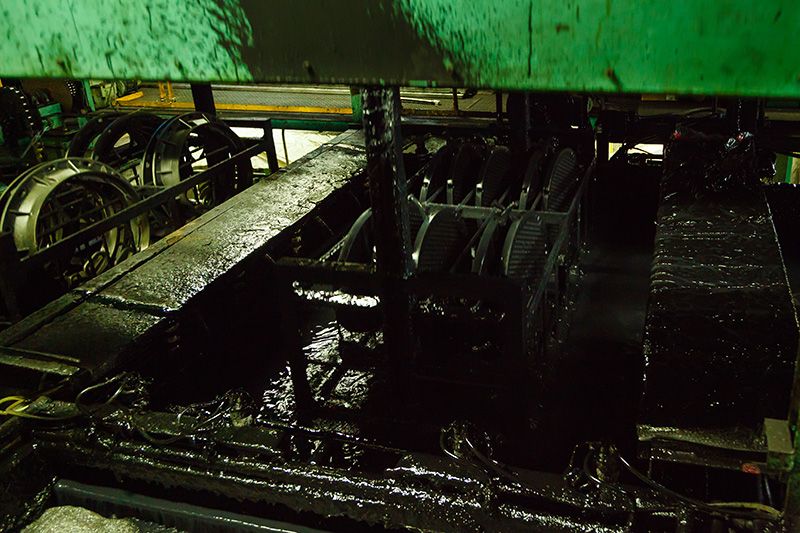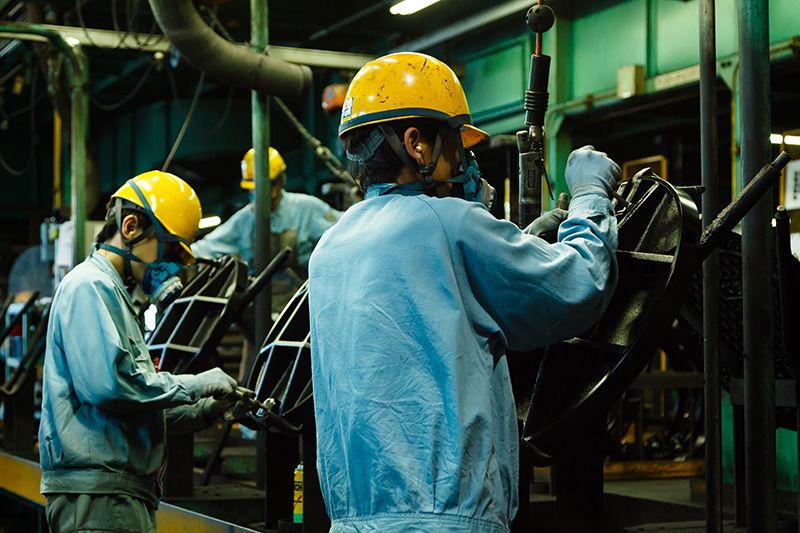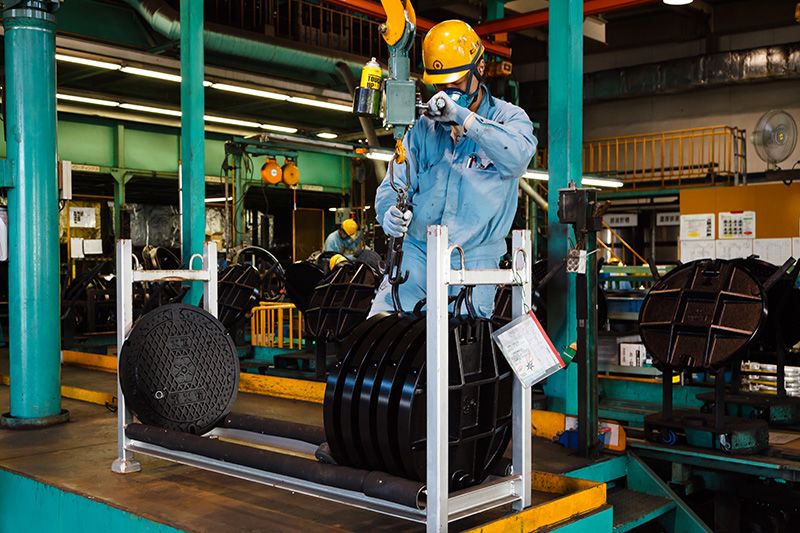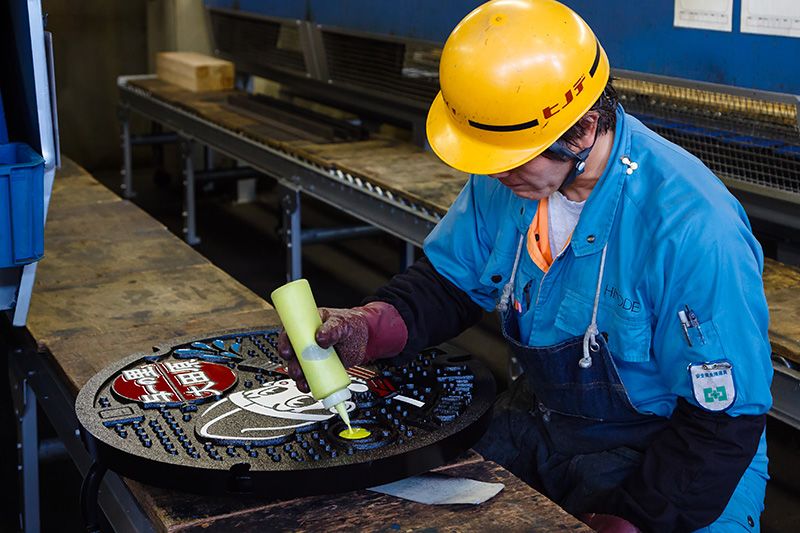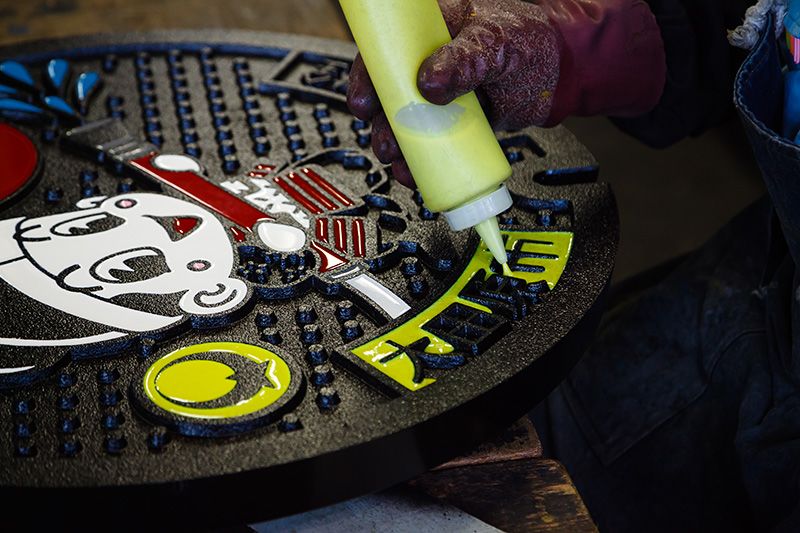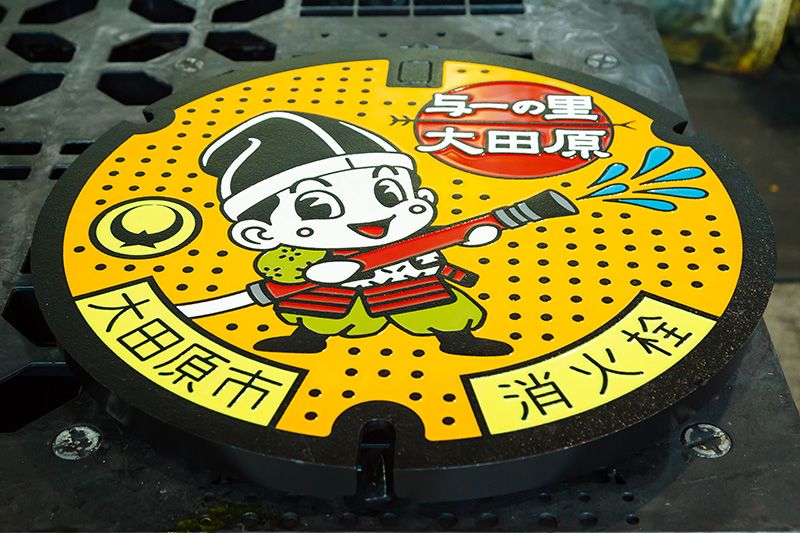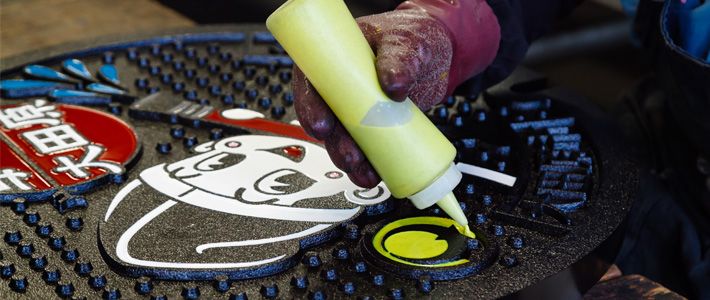
Japan and the Art of Making Manhole Covers (Photo Gallery)
Guideto Japan
Culture- English
- 日本語
- 简体字
- 繁體字
- Français
- Español
- العربية
- Русский
Relieving Pressure
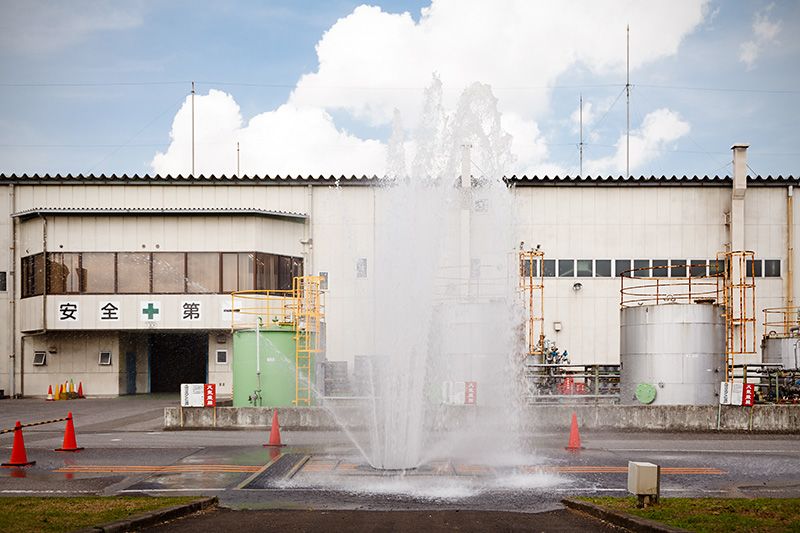 A test of a manhole shows how the covers relieve pressure.
A test of a manhole shows how the covers relieve pressure.
Heavy rain and sudden, localized downpours are a growing problem in Japan, particularly during the summer months. Footage of columns of water spouting from manholes has become a common sight on television and online videos. Such shocking images give the impression that the manhole cover is broken, but in fact it is working as intended.
Heavy rains can cause pressure in underground pipes to mount to abnormal levels. The covers are designed to rise one or two centimeters, allowing air and water to escape, and then return to their former position as the pressure falls. Manufacturers conduct experiments like the one pictured above to ensure that the covers function correctly.
Manholes are more than covers visible at street level. They also consist of the frame the main disk rests on, the hinge and lock that connect these two together, and an attached ladder.
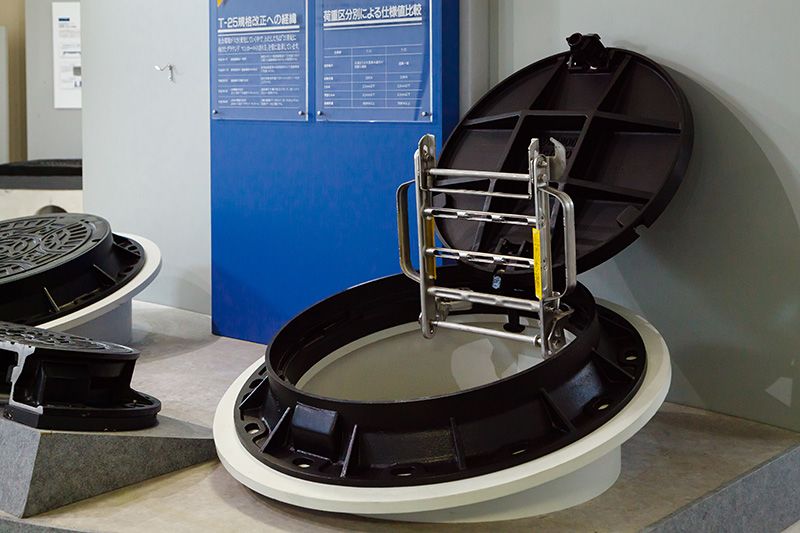 A manhole cover made up of five interlinked parts.
A manhole cover made up of five interlinked parts.
The interconnected design means that even when storm drains flood, the covers rarely become detached. Even in the rare cases when they do, the ladder section serves as a substitute barrier to prevent pedestrians traversing flooded roads from falling into open manholes.
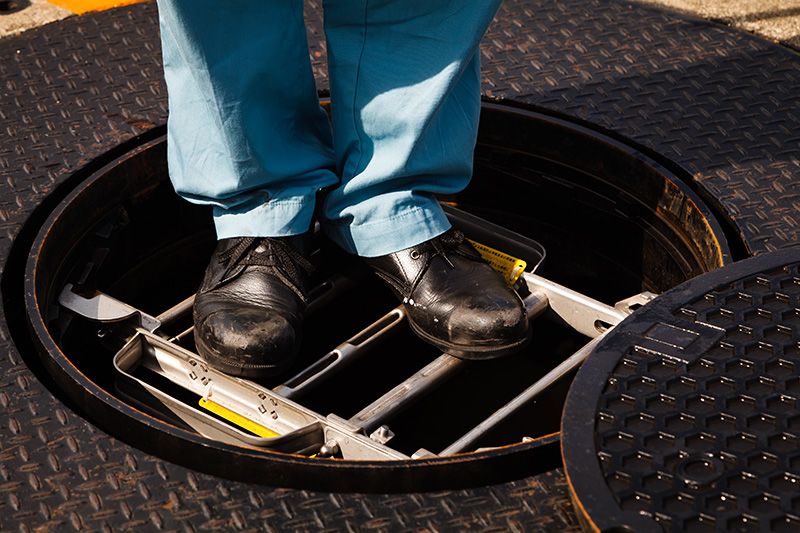 The ladder doubles as a substitute barrier.
The ladder doubles as a substitute barrier.
Technical Skill
Manufacturer Hinode makes and sells more than half of all Japan’s manhole covers. Shirai Masaaki, an employee at its Tochigi Prefecture plant, took us on a tour of the facility.
“Manholes are for workers to access underground equipment, and making the covers light means they’re easy to open,” Shirai explains. “On the other hand, making them heavy keeps them from rattling, breaking, or coming off. It’s cheaper to use a simple design too. Covers tend to be heavy in many countries, but in Japan, they’re light with the emphasis on their functionality.”
Meeting these stringent demands requires precision and a high level of technical skill. Hinode manufactures manholes so the join between the main disk and the frame is steeply sloped rather than vertical. This prevents rattling without having to rely on bolts or gaskets and makes the cover open and close more smoothly.
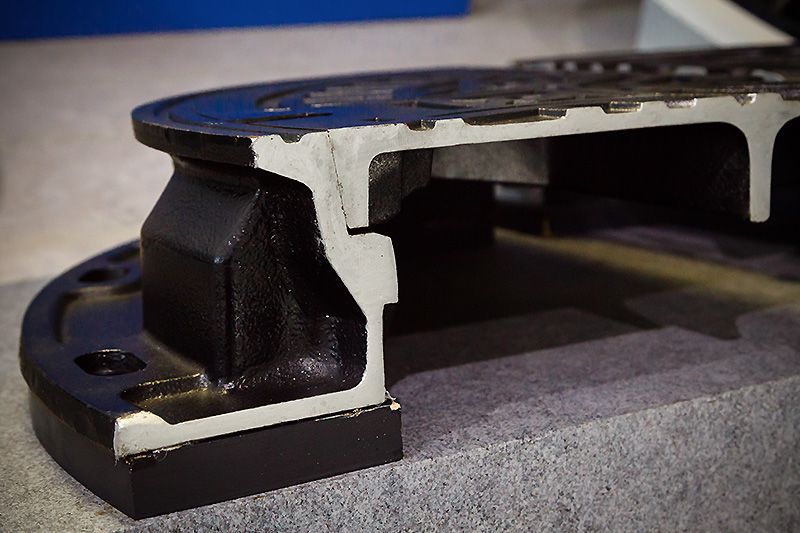 The sloping design means that gravity keeps the main disk in place on the frame.
The sloping design means that gravity keeps the main disk in place on the frame.
Japanese manhole covers have become well known and much shared online for their often colorful designs. However, colored covers account for less than 1% of the total number, and many are simple, black disks that unobtrusively support the Japanese water network. While it is natural to admire the beauty that brightens up everyday streets, it is also worth considering the technical skill that makes this essential infrastructure quiet, safe, and effective.
Making Manhole Covers
Preparing Sand Molds
An aluminum template of a manhole cover featuring Yokohama’s famed Bay Bridge.
The plant has more than 4,000 manhole cover templates.
A sand mold for casting is created by pressing the aluminum template into a special sticky sand.
Preparing Materials
Around 70% of the material for cover is recycled scrap metal, often collected from local factories.
High-quality scrap metal is melted in an electric furnace.
Magnesium, sulfur, and other materials are added to create sturdy, durable ductile iron.
A worker removes impurities from the molten metal.
Adding Materials to the Molds
Specially ordered goods and large manhole covers are cast by hand. Here workers pour molten material into molds using manually operated machinery.
The speed and volume of material added to the mold affect the quality of the finished manhole cover.
Cleaning and Coloring
Removing the Manhole Covers
After covers cool and the sand molds are broken, they are cleaned in a process called shot blasting that removes particles of sand by firing small pieces of metal at the surface. Covers before (right) and after (left) cleaning.
Finishing
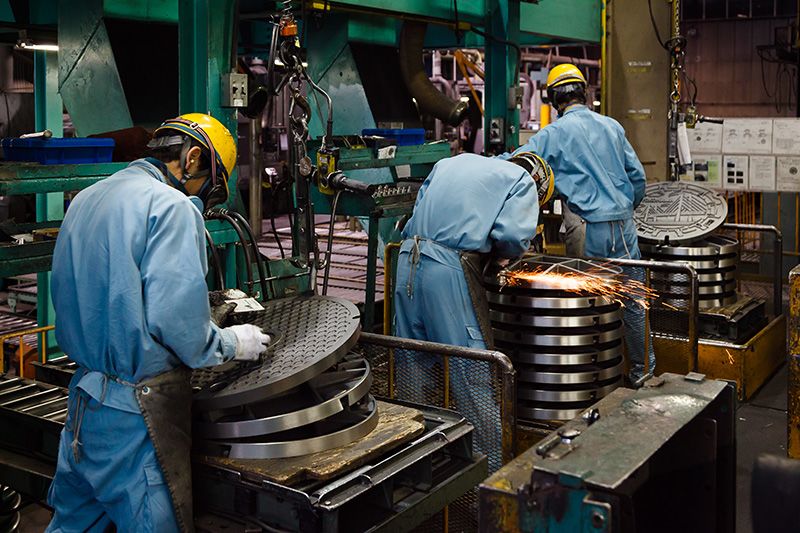
Trimming removes unwanted material.
Machine finishing polishes the sides and ensures the disks and frames join perfectly.
The edges before (background) and after (foreground) polishing. Just 0.2 millimeters of difference can cause rattling.
Coating
All covers are coated in black paint to prevent rusting. The same electrocoating technique used for automobiles ensures an even finish.
Assembly
Workers assemble the five parts of the manhole covers.
The completed covers are transported to the distribution center.
Adding Coloring
For special colored manhole covers, all coating is done by hand. The dispensers are much like the ones for ketchup and mustard at restaurants, but contain colored resin.
Careful handling is needed for complex designs. Even with larger areas, the resin needs to be evenly applied. It takes a skilled worker about one hour for each cover.
Heating with a gas burner hardens the resin, leaving a shiny cover. After a day of drying the cover is ready for delivery. This one is for a fire hydrant in Ōtawara, Tochigi Prefecture, and features local mascot Yoichi-kun.
(Originally published in Japanese on September 15, 2017. Text by Suzuki Naoto. Photographs by Miwa Noriaki.)